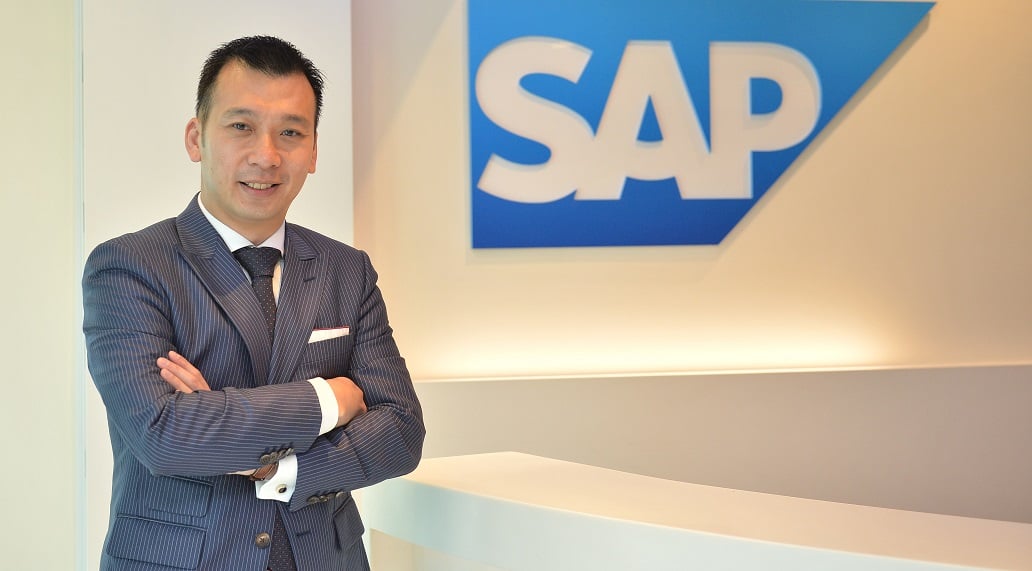From Human Resources to Human Capital to Talent, the workforce of an organization has been coined many phrases since the beginnings of time. In the modern economy, we already know that digital is the path to the future, but is it also the path to a digital workforce?
After all, the talent is what essentially forms the company; from foundation to operation. And even as we jump onto the digital bandwagon entire industries find themselves thrown into a whirlwind of innovation, experimentation and what may seem to be utter chaos.
“The industry you are in today may not be the industry you are known for in the next three to five years. Industry lines are blurring,” says Terrence Yong, Managing Director, SAP Malaysia.
Speaking to an audience of senior HR practitioners at a recent roundtable discussion on the Digital Workforce of the Future, Yong stated that it is clear from research that embracing digitalization can result in corporations realizing up to 22 percent more revenue per worker. We’ve also seen what digital has enabled in other areas, such as in eCommerce where it levels the playing field by opening new markets to SMEs.
The question we face today is not whether digital is relevant to organizations, but whether organizations are capable enough to embrace change realistically and in a structured manner, rather than by merely paying lip service.
The obvious generational gap
In almost every traditional organization today there will exist a mix of generations. From the baby boomers to the millennials, each plays a part in the ecosystem. What is key to understanding how well your organization will be able to move forward will be to realise what position your generations occupy within the company.
The millennials will be the ones firmly connected to their smartphones, laptops, and social media accounts, but for the most part, Gen-X remain the key influencers.
For the millennials in organizations, step back from your own organization chart for a moment and envision trying to convince your aging HR boss to invest in a Human Capital Management system. How well will you be able to foster change?
It is exactly this moment when baby boomers need to let go of some of the decision-making process and allow guided staff to introduce more entrepreneurial methods. Allow decisions to be made at lower levels in the business, even if this feels quite alien to tradition.
According to Jasmin Peters, Regional Talent Management Head at CIMB, Millennials have different expectations of work and need to be able to operate in a much more flexible way. While Peters feels that it is impossible to expect leadership to discard all hold of the process, it should be noted that some elements of leadership require different competencies.
Managing change: Mission impossible?
While its generally acknowledged that change is often difficult, yet necessary, there is all too often a lack of precedent that can prove helpful to those who seek a solution. Muhammad Rizal, Head of Group Human Capital at DRB-HICOM is all too aware of this and offered his insights into how this can be overcome.
“When I joined DRB-HICOM a lot of people thought that I was stepping into an untenable solution. To manage HR for a company as large and diverse as DRB-HICOM was to say the least, a challenge. Yet it was obvious that despite an extremely traditional management mindset, the organization overall felt a driving need for change,” said Rizal.
Rizal stated that the company was making steps, albeit baby steps. Digitization in the company is being undertaken at various project levels, which for them can encompass entire companies which are owned by the group. One such example is Alam Flora, a leading waste management company.
“With what we have implemented in Alam Flora today, there is so much greater control which we have gotten over the business. We know exactly how many staff we have on the road, we can direct manpower to choke points quickly and we can assess task progression accurately,” he said.
However, Rizal also acknowledged that while the potential results are impressive, the DRB-HICOM still has a long way to go. Their work with the SAP SuccessFactor team has been ongoing for more than a year and more remains to be done.
Rounding out the digital workforce of the future
As Industry sectors melt and meld in new and incredible ways, new challenges arise all the time. The company of the future needs to be able to concoct blends of talent, disciplines, technologies and more, all while managing change at a generational level within the organization.
Companies must adapt to this new reality. The workforce of the future is an evolution not only in process and procedure, but in attitude.


